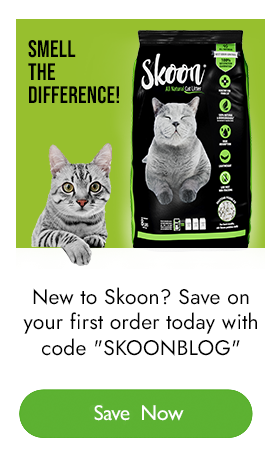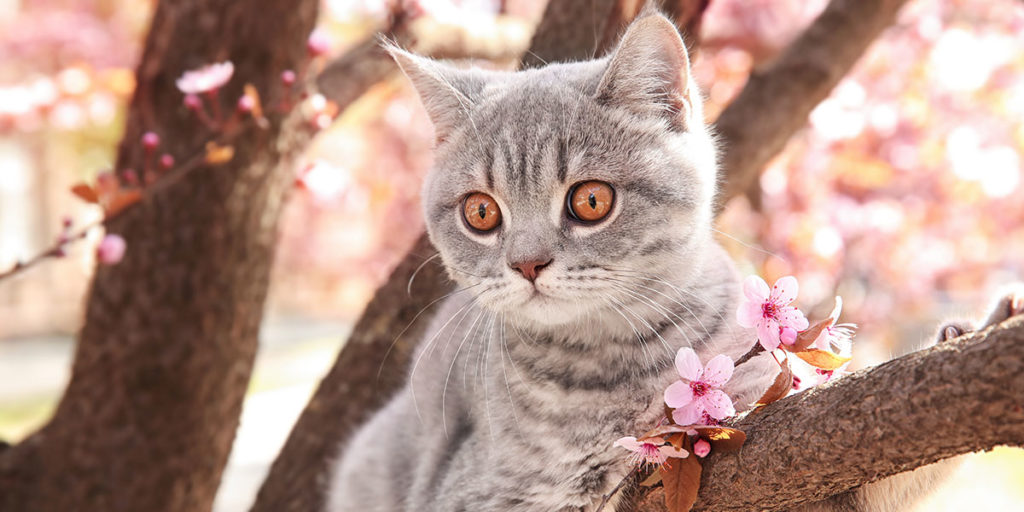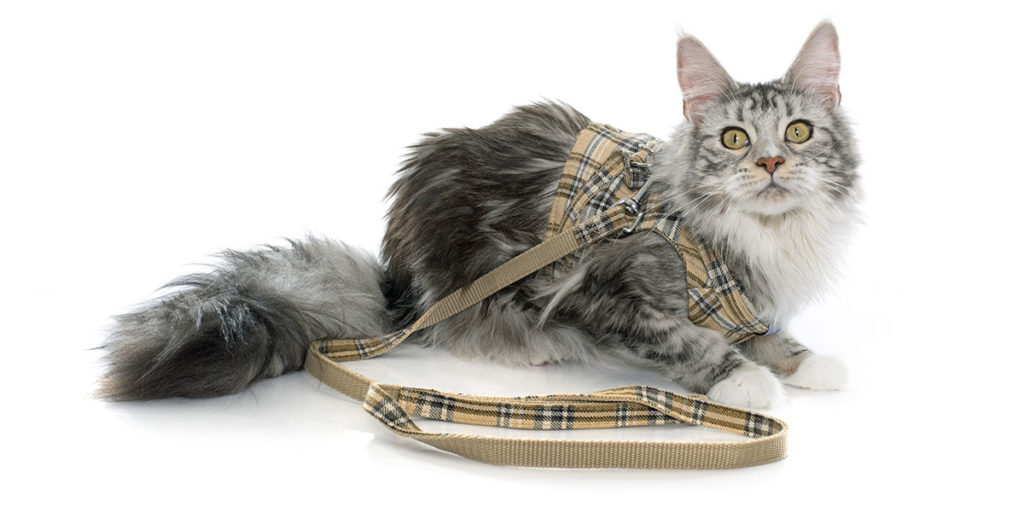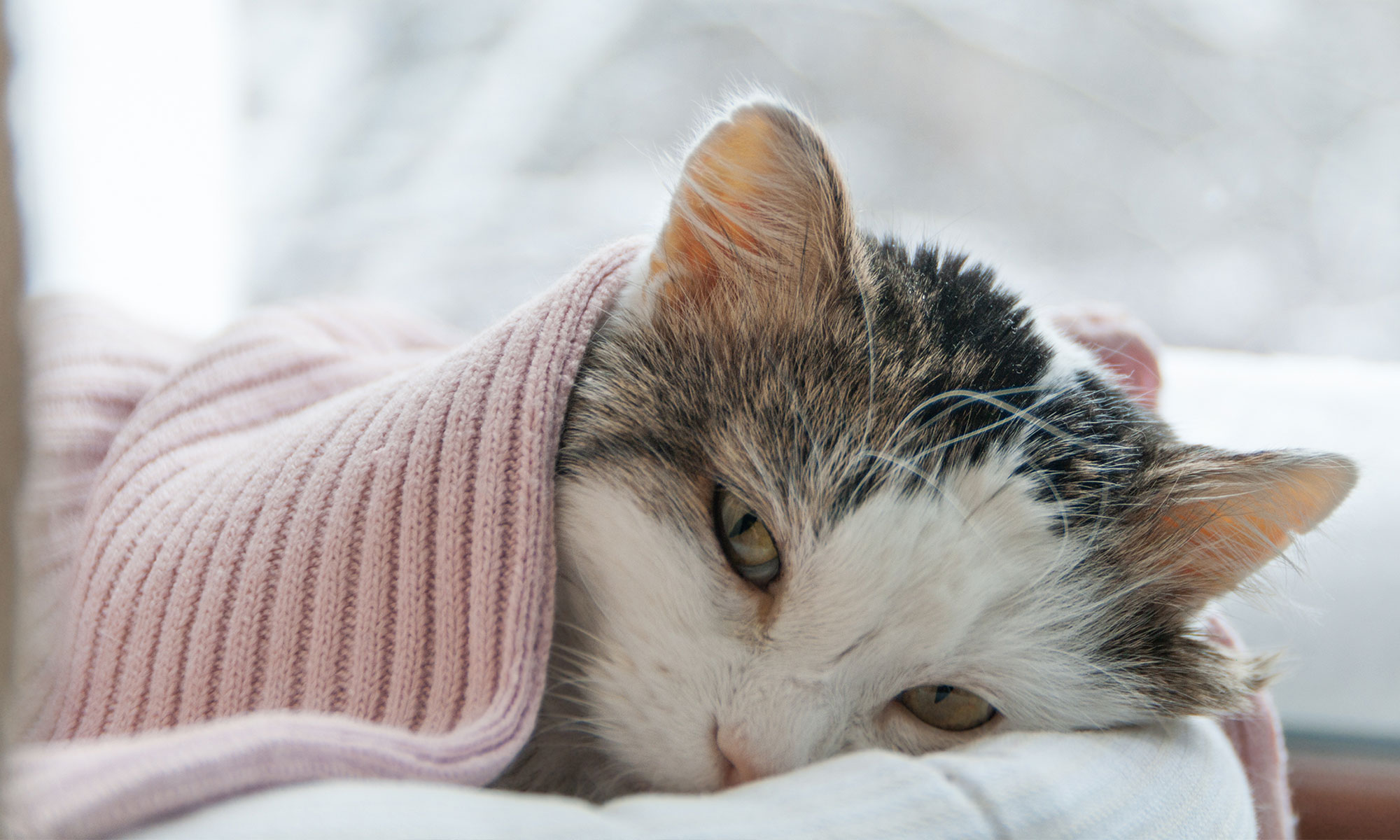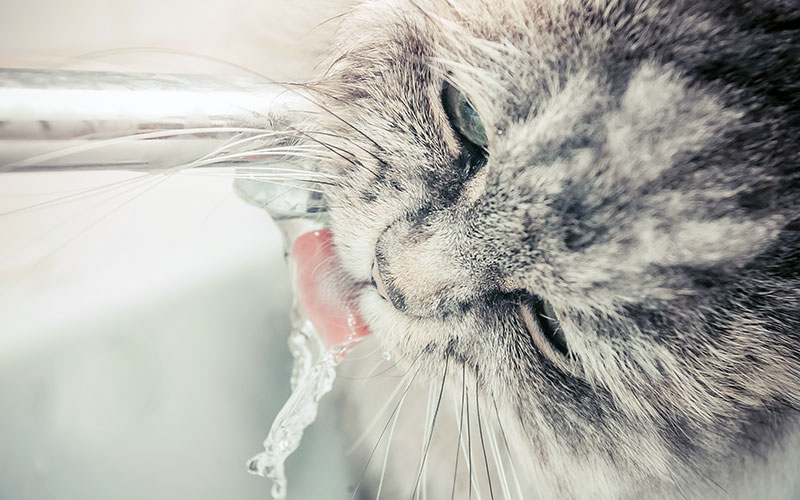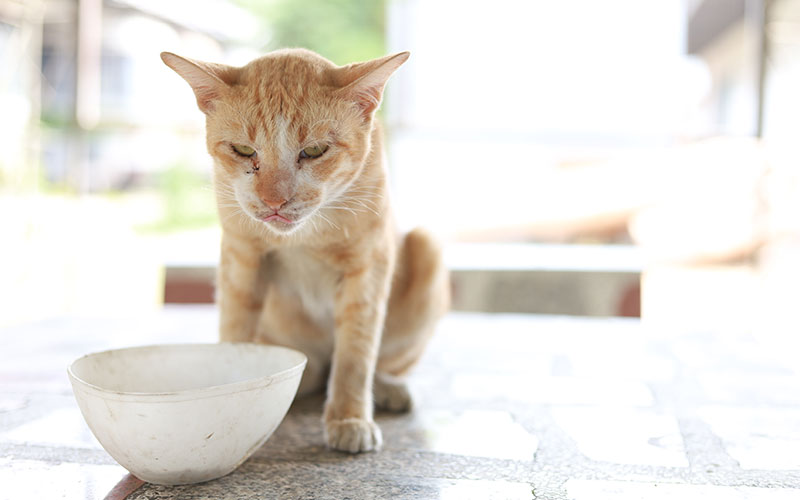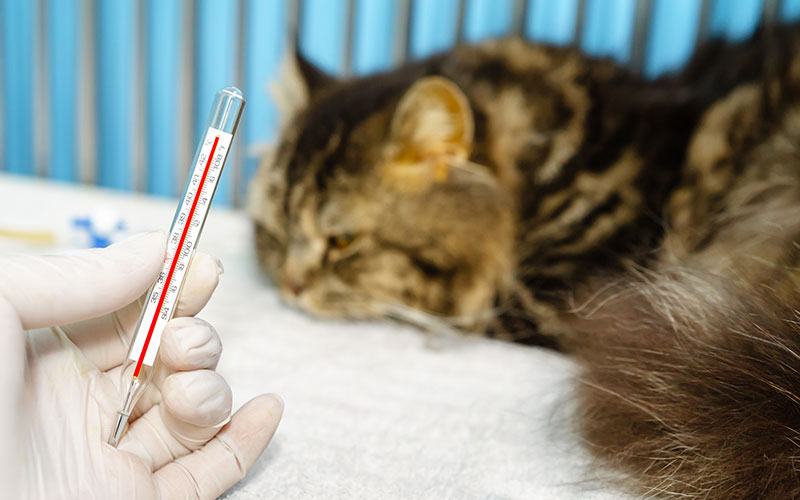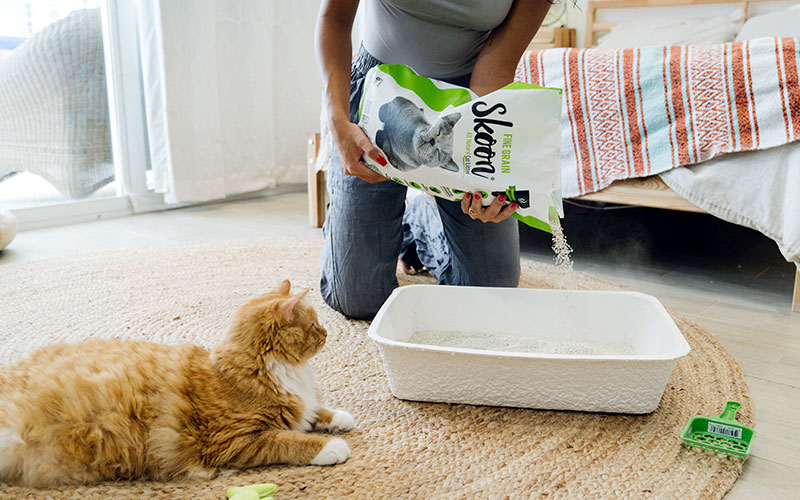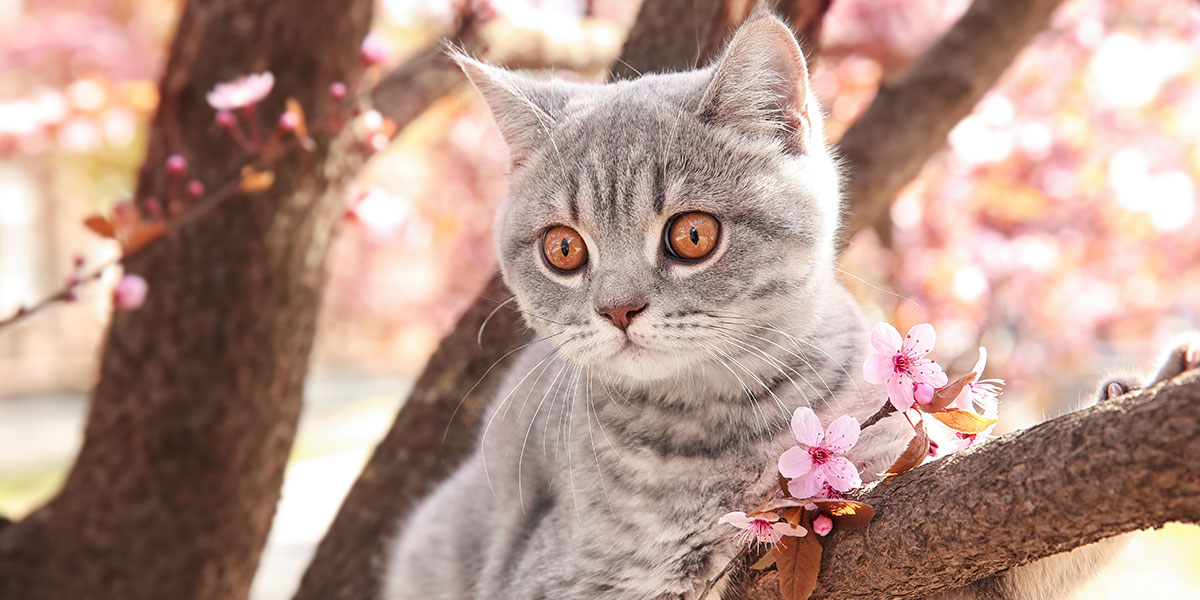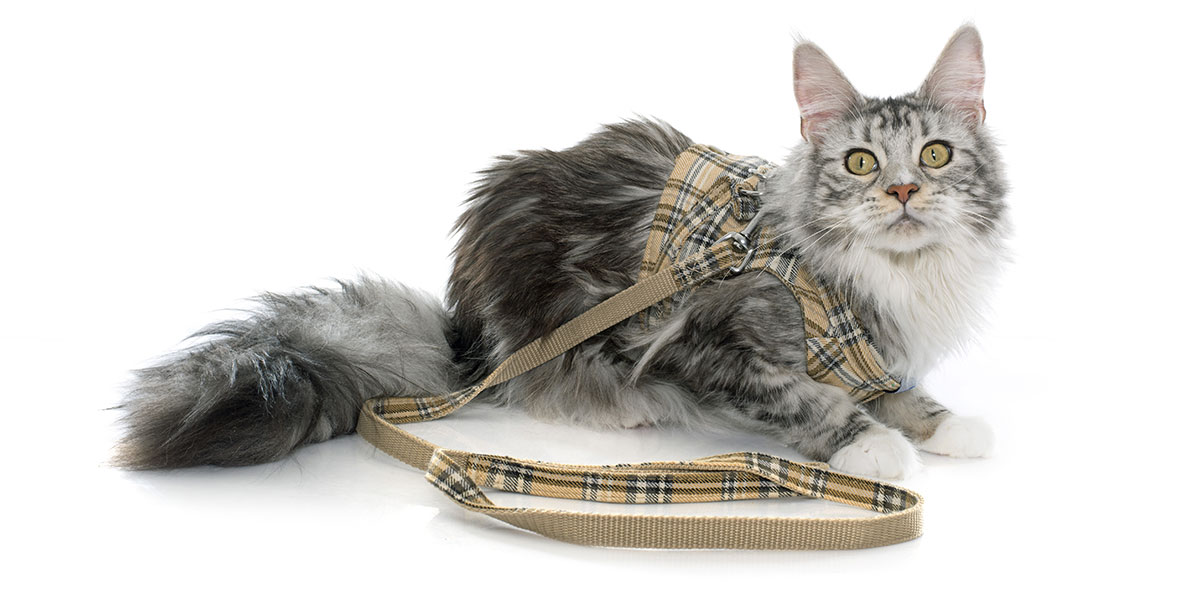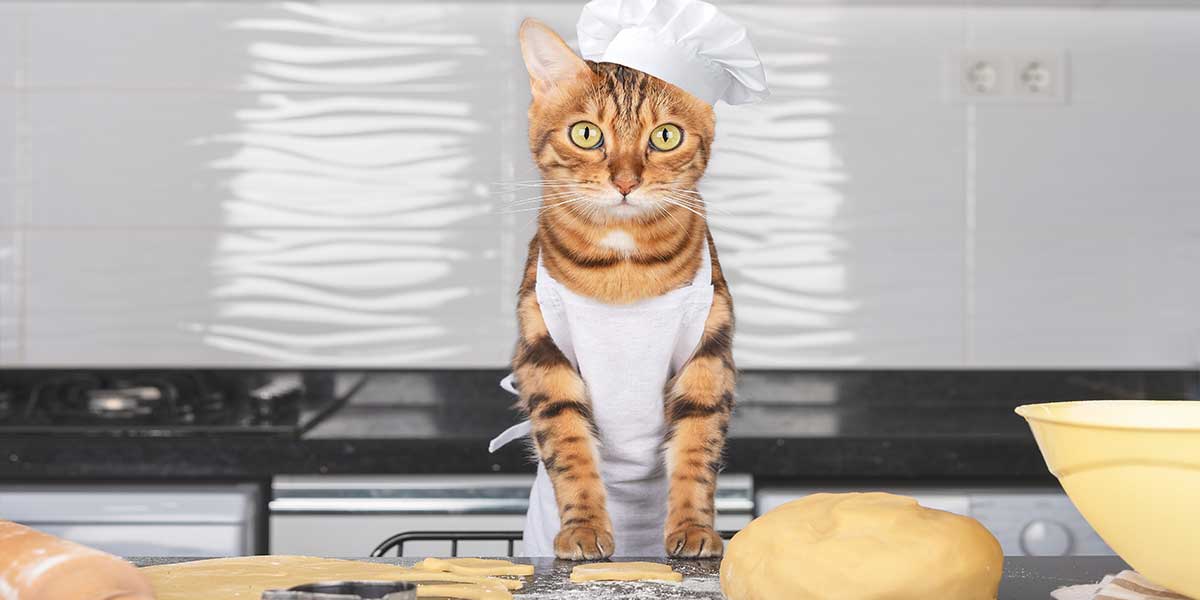Common Diseases Cats Get & How To Help Prevent Them
At first glance, it’s easy to be fooled into thinking that cats can take care of themselves. They’re experts at acting like they’re completely independent, whether they’re making it clear that they prefer grooming themselves to you brushing them, choosing quality naptime over cuddling on the couch or waiting until you enter a room to leave it. If your cat prefers to soothe themselves with purring instead of pets or has set up their favorite perch in an area of the house that you never frequent, don’t worry: they’re mostly putting on a show. No matter how independent your cat appears to be, they still need you at the end of the day — especially when it comes to their physical health. There are many common cat diseases and illnesses that can afflict your furry friend. You need to be proactive about your cat’s health so you can know how to keep your cat healthy. Read on to find out the most common cat diseases, symptoms of these common cat illnesses and tips on how to keep your cat healthy.
Kidney Disease
The kidneys have several important roles in the body. When they aren’t working properly, there can be serious consequences, and one of the most common cat diseases can develop: chronic kidney disease. This is a widespread cat disease in aging cats, and the symptoms tend to progress gradually, so they can be difficult to notice if you don’t know what to look out for. Some important functions of the kidneys include helping keep hormones, fluids and electrolytes at optimal levels, as well as removing waste products from the body. When proper kidney function is interrupted, waste accumulates and leads to a variety of symptoms, such as:
- Low appetite
- Excess thirst and urination
- Weight loss
- Lowered muscle mass
- Dull fur
- Lethargy
If you suspect your cat is suffering from this common cat illness, the first step is to contact the vet. Your cat’s vet can use blood and urine tests to confirm a diagnosis of chronic kidney disease. Treatment of this common cat disease involves a variety of cat care strategies to help relieve symptoms and improve overall health, like feeding a special diet, providing plenty of water and trying out cat supplements.
Diabetes
Diabetes is another one of the most common cat diseases that are prevalent in both humans and cats. This common cat disease affects a cat’s ability to maintain ideal blood sugar levels. There are four main symptoms of diabetes in cats to look out for:
- Increased thirst
- Increased urination
- Heightened appetite
- Weight loss
There are several risk factors that make a cat more likely to develop diabetes, including being male, neutered, older, obese, sedentary and being on glucosteroids for other common cat illnesses. Even if your cat doesn’t have any of these risk factors, you should still reach out to your vet if you notice changes in their activity and any of the symptoms listed above. The vet can diagnose and recommend treatment options for keeping your cats healthy such as dietary adjustments or insulin injections.
Cancer
Cancer is not just found in humans. It’s also a very common cat disease. In fact, over 6 million cats are found to have cancer annually. Just like in people, multiple types of cancer can occur in felines, including cancer in the bones, brain, mast cells, mouth and nose. Different types of cancer can cause different symptoms, but some general signs to watch for include:
- Changes in weight
- Increase or decrease in appetite
- Lack of energy
- Trouble eating, swallowing or urinating
- Sores or bumps
With this common cat disease, early diagnosis is very important. If you notice any changes in your cat’s health that seem out of the ordinary, it’s better to be safe than sorry. Schedule a check-up with your vet to rule any health issues out. If a cancer diagnosis is made, treatment depends on the type and severity of the illness.
Feline-Specific Diseases
It’s clear that several of the most common cat diseases are the same as some of the ones that affect humans. There are also common cat illnesses that are specific to our feline friends. It’s important to know about these common cat diseases, so you know signs to watch out for and how to keep your cat healthy. Here are two of the most common cat diseases that only show up in cats:
- Feline Immunodeficiency Virus (FIV)— One of the most common cat diseases affecting cats is feline immunodeficiency virus or FIV. This cat illness directly affects the immune system, making it weaker. As a result, a cat with FIV can be more likely to get other illnesses and infections. Some signs of FIV include low appetite, persistent fever, diarrhea, seizures and repeated infections. FIV doesn’t have a specific cure, but its symptoms can usually be managed. A vet can help determine what kind of cat care would be useful, such as antibiotics for infections, fluids for hydration and supplements to support immune function.
- Feline Leukemia Virus (FeLV)— Feline leukemia virus or FeLV is a serious condition that can significantly negatively impact a cat’s immune system. It can leave a cat open to developing other common cat diseases like cancer, anemia and eye disease. Some symptoms of FeLV include infections, weight loss, fever, and pale gums. As with FIV, there is no cure for FeLV, and its consequences can be even more severe. Vaccination and preventative cat care measures are the best way to keep your cat from developing FeLV in the first place.
Tips On How to Keep Your Cat Healthy (and Happy)
It’s essential to brush up on the symptoms of the most common cat diseases so you can keep an eye on your cat’s health. It’s even more important to know how to keep your cat healthy so you can do everything you can to prevent them from developing these common cat illnesses. Here are a few tips on taking care of your cat:
- Regular Vet Visits— Preventative cat care is the best way to keep your cat from suffering from common cat diseases. Regular vet visits are a great first step. Make sure to take your cat to the vet for an annual check-up and schedule appointments in the meantime if you notice any unusual changes in behavior or cat health.
- A Healthy Diet— Cats who maintain an ideal weight are often at a lower risk for developing some of the most common cat diseases. A healthy, well-balanced diet is a great way to support this goal. Make sure to provide your furry friend with plenty of water to keep them well-hydrated too. And, if your cat has any nutritional deficiencies, consider adding supplements from Skoon to their diet.
- A Happy Home— At the end of the day, keeping your cat healthy and happy is essential. There are many ways to create an ideal home environment for your cat. Stock up on toys, scratching posts and catnip to keep them entertained and make playtime fun. Set up a cat bed, so they have a nice place to take their cat naps. And, don’t forget about optimizing kitty clean-up with Skoon. Skoon’s all-natural cat litter is sure to please even the pickiest cat, with two formulations, three scent options (including unscented) and none of the unhealthy toxic additives other litters have. Even better, a Skoon subscription will ensure you never run out of your cat’s favorite litter when you need it.

